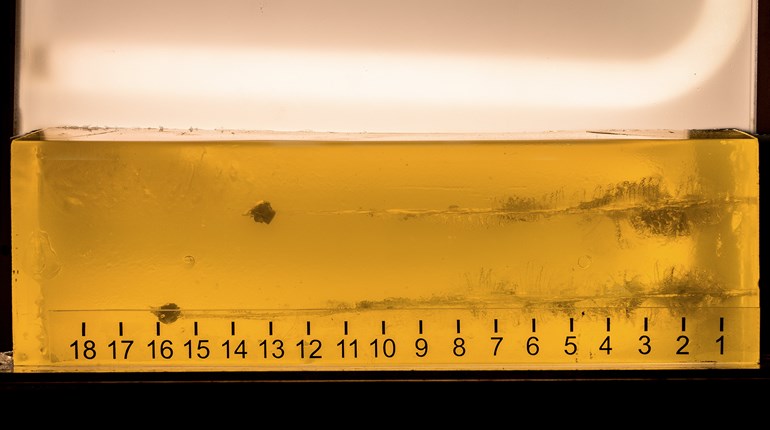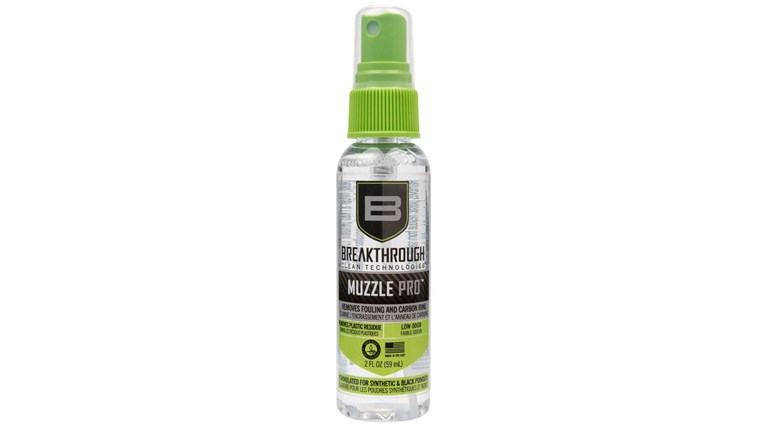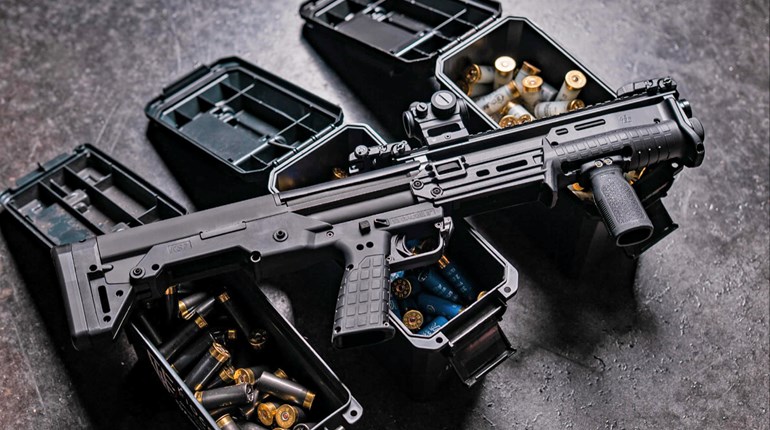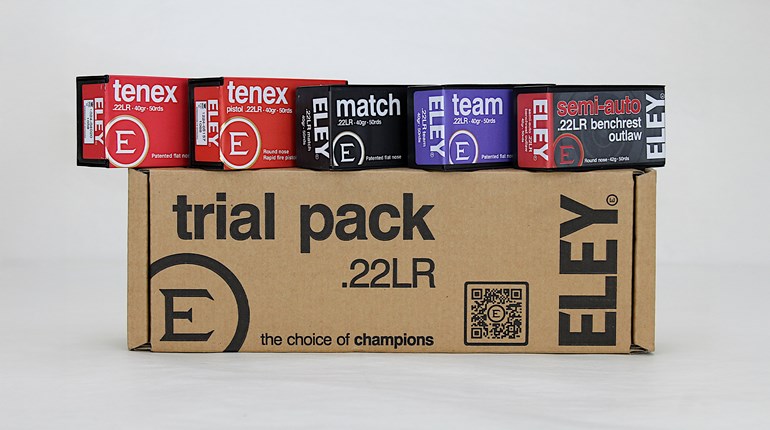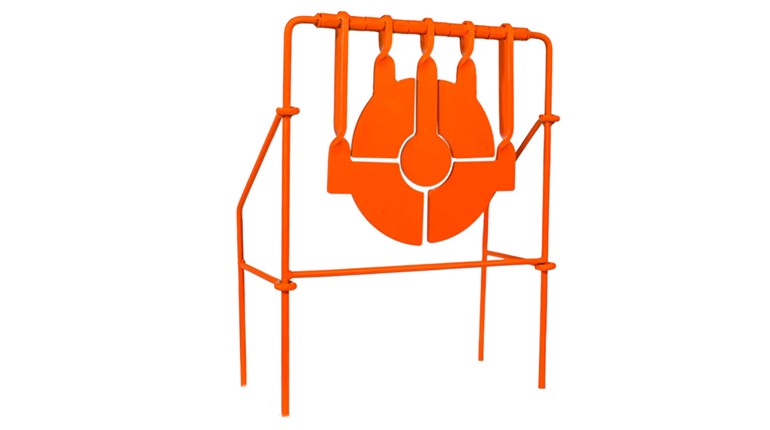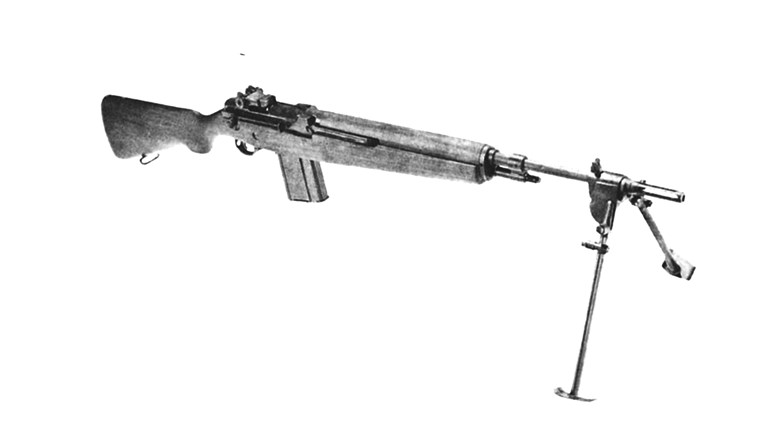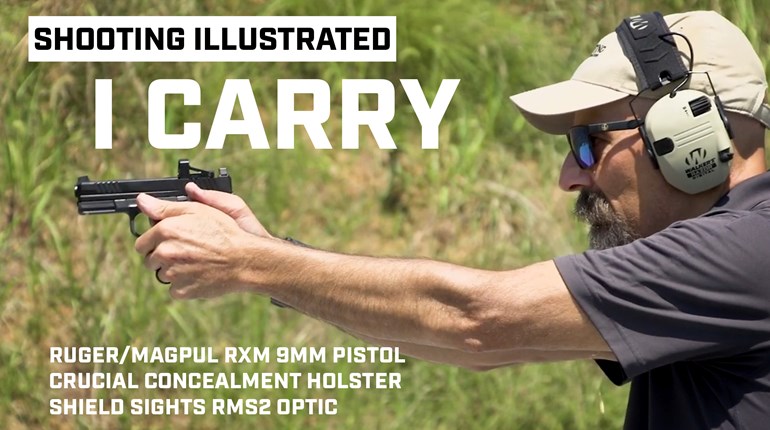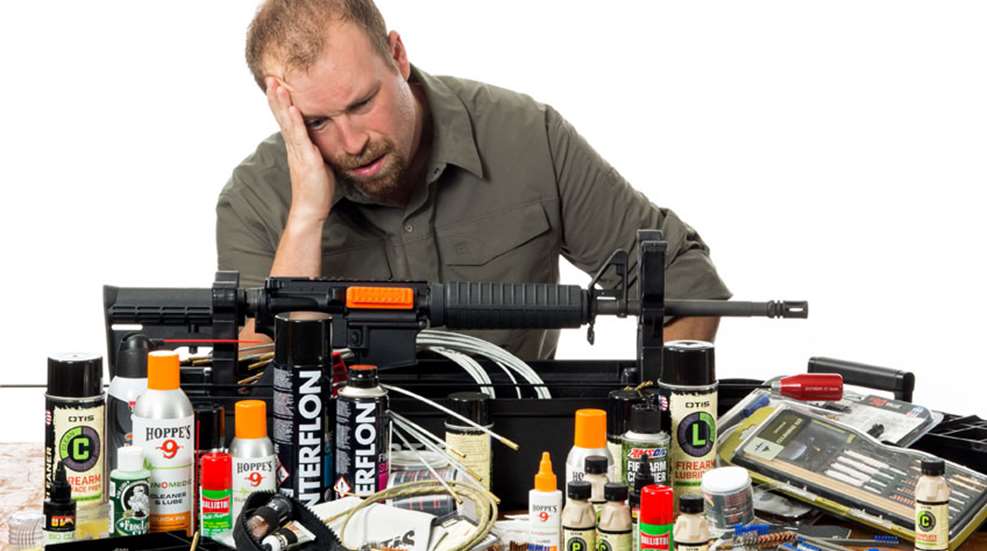
It’s plausible that somewhere in a galaxy far, far away, there exist beings that enjoy cleaning guns. As diverse and demented as our society here on Earth is, there might even be a handful of humans who feel the same way. I’m not one of them. Cleaning guns is not fun, but it’s often necessary.
Before we get into how to clean a gun, let’s look at when it’s necessary. Veterans have participated in their fair share of gun cleaning. When I was in the Army, the rule was—and I’m sure remains—if you shoot it, you clean it. Grandpa was no different; he’d let me look at or shoot his pistol anytime I wanted, as long as I cleaned it when I was done. (I actually enjoyed that, but Grandpa’s pistol was special.) That being said, just because a gun has been fired does not mean it must be cleaned. Part of the reason militaries and Grandpas insist on cleaning all the time is for training. They want you to know how to do it.
I’m no expert on gun cleaning; I don’t do it enough to know that much about it. So, I sought an expert’s advice. I could’ve gone to a manufacturer of gun-cleaning supplies, but that could’ve resulted in a biased opinion. Instead, I turned to Mike Moore, the gunsmith at Gunsite Academy. Keeping the guns used by thousands of Gunsite students operational is his job.

Use the Right Stuff
Moore’s first point was, “There are a lot of ways to do it right and only a few ways to do it really wrong.” His primary suggestion was to use solvents and lubricants made for firearms. “In 33 years of gunsmithing, I’ve seen everything from Marvel Mystery Oil, transmission fluid, vegetable oil and lots of other oils used on guns. Especially with today’s firearms being made of so many different materials, products not intended for firearms can cause damage.”
Firearm maintenance solutions come in three varieties, intended for cleaning, lubricating or protecting (this is where the acronym CLP came from). Solutions used for cleaning are solvents intended to break down carbon, copper and/or lead fouling. Lubricating fluids are designed to make gun parts move more freely with less wear. Protection mixtures help to arrest corrosion.

At the Right Time
The next point Moore brought up is one often disregarded: “When we discuss a fighting firearm, we need to realize it gets carried more than it gets shot. Often, they need cleaning due to the environment they live in, rather than from their triggers being pulled.” This is an excellent observation, because shooters often treat defensive firearms like first-aid kits and fire extinguishers—they’re kept close at hand but rarely serviced.
Firearms that might be used at anytime should receive a regular inspection. For a carry gun, give it a cursory examination everyday. For the behind-the-kitchen-door or truck gun, it should be examined weekly to check for accumulation of debris or corrosion. This might seem like common sense, but it’s not—I once had a police officer show up for qualification, and I found a French fry in his holster.

Moore suggests when taking a training class or after completing an extended range session, your firearm should be fieldstripped and cleaned at the end of each day. This keeps your gun in running order, so you can spend class time learning to shoot as opposed to cleaning. It also provides an opportunity to notice excessive wear or potential problems. Upon the completion of a training course, regardless of round count, Moore suggests a detailed cleaning is in order.
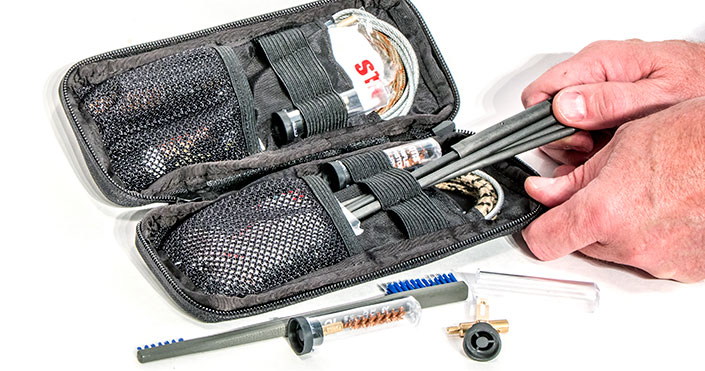
Do it the Right Way
Step one is the removal of all fouling and debris. Moore prefers to soak a disassembled firearm in a vat. Most shooters don’t have access to such a resource, but sonic cleaners are an option and do an excellent job. They’re also less labor-intensive than a solvent-soaked toothbrush. An air compressor is very handy too, especially for firearms gobbed with earthy matter. When it comes to the bore, it will require a rod, a brush, patches, bore solvent and some hard work.
Lubricating is where many shooters make mistakes. The old adage, “more is better,” does not apply. Yep, Grandpa used a half-can of 3-in-1 Oil on his rusted fence pliers or his shotgun, and your father probably believed in the liberal application of WD-40 on any moving metal part. With firearms, however, too much is not good. In fact, according to Moore, you should “lightly lubricate.” The technical terminology he frequently uses is, “one drop.” He also warns to not lubricate the firing-pin channel, chamber, bore or magazines, because lubricants often allow debris to stick, and you don’t want stuck debris in these areas.
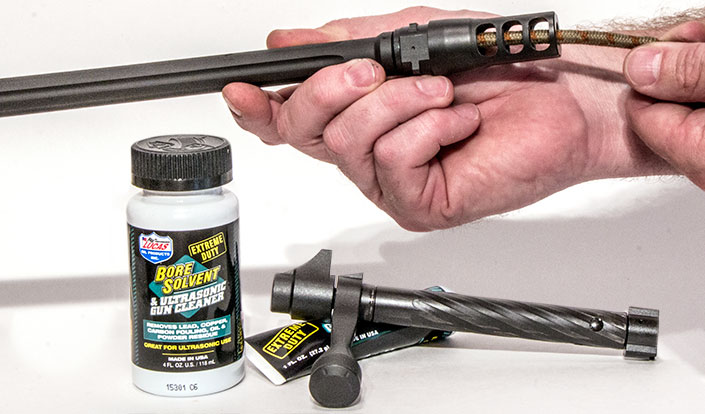
Protection is the final step. Once your firearm is clean, you need to apply a protective coating to prevent corrosion. How the gun will be used, storage conditions and where this will occur all matter in your choice of protectant and how much to use. You’ll need more protection in locations of high humidity, and especially around saltwater. Regardless, do not get overzealous in the application. Rub it on and wipe it away so only a light coat remains.
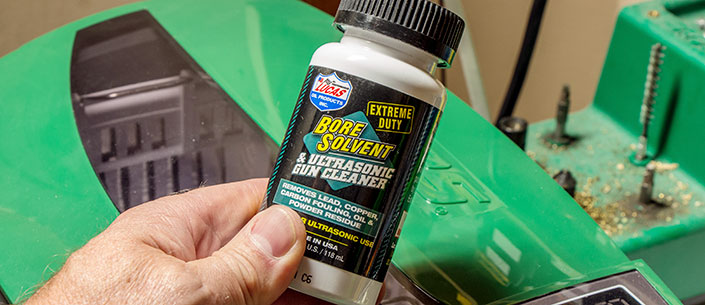
Take Good Care of Your Tools
Firearms are tools. They’re the tools of the recreational shooter, competitive shooter, soldier, cop and hunter. Firearms are tools used for protection, and the way you use these tools will impact how often and how comprehensive your cleaning, lubricating and protecting should be. Grandpa might have had different ideas about the proper application of various lubricants, but he did know one truth: If you don’t take good care of your tools, they’ll let you down.
New Gun Care Products
It’s taken time, but those manufacturing gun-cleaning supplies are finally realizing shooters don’t like to clean and don’t have a lot of time to do it. As a result, we’re beginning to see tools and solutions to make the process easier and faster. This means you’ll have more time to shoot and post photos of you shooting on Instagram. Here are some of the newest and most interesting products for maintaining firearms.
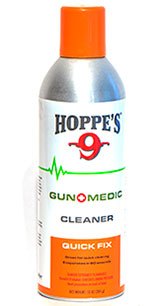 Hoppe’s Gun Medic Cleaner
Hoppe’s Gun Medic Cleaner
When you’re on the range and your gun needs a quick clean to keep it running, but you don’t want to take the time to fieldstrip, Hoppe’s Gun Medic Cleaner might be the answer. This stuff will break down carbon fouling quickly, but it also evaporates in about 60 seconds so you don’t have a gun full of that gooey crud like you find on a coal miner’s boot. Gun Medic Cleaner is sold in 10-ounce aerosol cans. MSRP: $10.45; hoppes.com
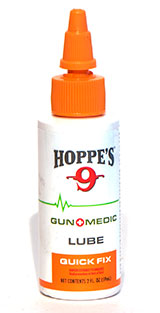 Hoppe’s Gun Medic Lube
Hoppe’s Gun Medic Lube
Designed to be the perfect follow-up lube to Gun Medic Cleaner, Gun Medic Lube provides a micro-thin layer of lubrication and protection. Gun Medic Lube has an operational temperature range from -65 to 500 degrees Fahrenheit and is available in 2-ounce bottles. It’s a concentrated formula, so like with the old Brylcreem commercials; “A little dab’ll do ya.” MSRP: $8.45; hoppes.com
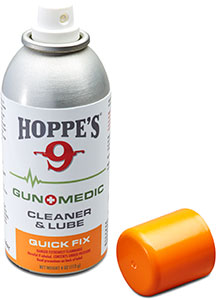 Hoppe’s Gun Medic Cleaner & Lube
Hoppe’s Gun Medic Cleaner & Lube
If you’re really in a rush with no time to spare, consider Hoppe’s Gun Medic Cleaner and Lube: This two-for-one application combines the cleaning benefits of Gun Medic Cleaner with the lubricating properties of Gun Medic Lube. It’s like shampoo and conditioner in one, 10-ounce aerosol bottle. MSRP: $12.95; hoppes.com
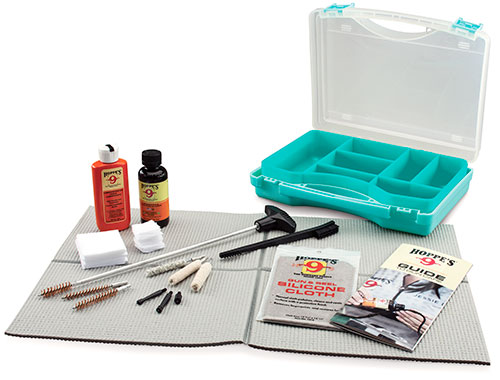 Hoppe’s Essential Kits
Hoppe’s Essential Kits
Two new cleaning kits are now available from Hoppe’s, and they contain just about everything needed to clean a firearm. One is a Universal Kit, designed to work with most firearms. The other is a dedicated Pistol Kit. Both contain the rods, brushes, jags, patches, cloths, solvent and oil; all in a compartmentalized carry case. And, for those who do not know where to start, instructions are included. MSRP: $29.99; hoppes.com
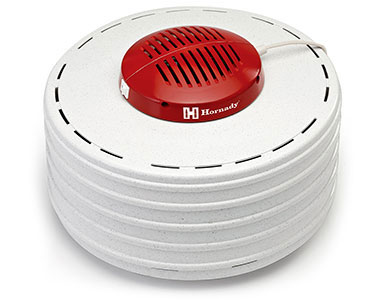 Hornady Case & Parts Dryer
Hornady Case & Parts Dryer
Hornady has been offering sonic cleaners for a while; long enough to learn the downside to a sonic cleaner is that all the parts are wet when they come out. If you use a sonic cleaner to clean firearm parts, you’re probably getting them very clean, but you also have to let them dry after they’re removed. This can take time and requires space. Hornady’s new parts dryer solves this. MSRP: $76.67; hornady.com
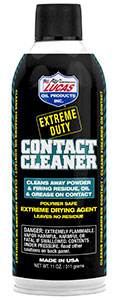 Lucas Oil Extreme Duty Contact Cleaner
Lucas Oil Extreme Duty Contact Cleaner
The consistent high-pressure spray of Lucas Oil’s Contact Cleaner contains a unique blend of solvents and cleaning agents designed to blast away powder residue, grease, oil and other debris from firearm actions, slides, barrels and parts. It’s safe to use on all firearm metal finishes and will not harm polymers subjected to incidental contact. It displaces water and is quick-drying with zero residue, making it ideal for final degreasing. MSRP: $8.49 (11-ounce can); lucasoil.com
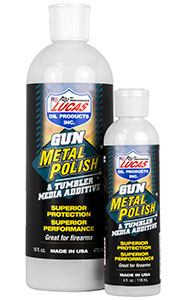 Lucas Oil Gun Metal Polish & Tumbler Media Additive
Lucas Oil Gun Metal Polish & Tumbler Media Additive
This acid- and ammonia-free formula safely removes stains and rust from metals with no hard rubbing, while protecting treated surfaces from oxidation and tarnishing. (Not to be used on cold bluing.) You can add it to tumbler media to remove oxidation, powder residue, and fingerprints. It’s sold in either 4- or 16-ounce bottles. MSRP: $5.99 (4-ounce bottle), $14.49 (16-ounce bottle); lucasoil.com
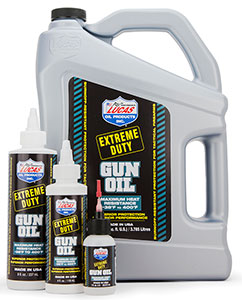 Lucas Oil Extreme Duty Gun Oil
Lucas Oil Extreme Duty Gun Oil
Formulated to support the high load and high temperature of full-automatic fire, suppressors or SBRs, this stuff offers superior burn-off resistance and its polymeric film protects metal from rust and moisture while dramatically reducing wear. It is suitable for long-term storage, and you can buy it in 1-ounce to 1-gallon quantities. The 1-ounce bottle comes with a high-quality, precision applicator. MSRP: $5.99 (1-ounce bottle); lucasoil.com
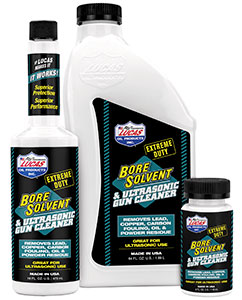 Lucas Oil Extreme Duty Bore Solvent & Ultrasonic Gun Cleaner
Lucas Oil Extreme Duty Bore Solvent & Ultrasonic Gun Cleaner
This is a premium blend of cleaning solvents and corrosion inhibitors. It easily removes carbon and powder residue, and copper and lead fouling. It’s also ideally suited for use in ultrasonic cleaners and its high flashpoint makes it great for heated tank units. Surprisingly, it contains no ammonia, kerosene or water, and it sort of smells like grapes. MSRP: $6.99 (4-ounce bottle), $15.99 (16-ounce bottle); lucasoil.com
 Lucas Oil Extreme Duty Gun Grease
Lucas Oil Extreme Duty Gun Grease
If you’re looking for a premium, heavy-duty grease, this is a great option. It’s formulated with a unique additive system designed to provide maximum lubrication under severe operating conditions. It was developed for sustained firing while reducing friction and wear. Extreme Duty Gun Grease is intended to prevent rust and corrosion from rain and moisture in fresh and saltwater environments, and is suitable for long-term storage. MSRP: $9.89 (1-ounce tube); lucasoil.com
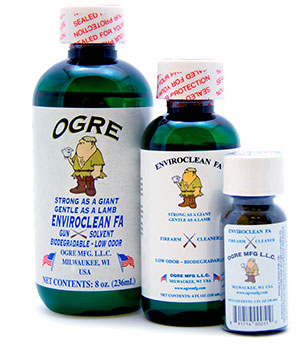 Ogre Enviroclean FA Gun Cleaner
Ogre Enviroclean FA Gun Cleaner
Due to environmental concerns, we are seeing changes with regard to gun cleaners and solvents. Enviroclean FA is safer for the environment, safer for the shooter and almost completely odor-free. It’s also biodegradable, with a flashpoint higher than
200 degrees Fahrenheit. It contains no water, ammonia or detergents, and is supposed to provide cleaning and lubricating in one easy step. It is intended as a solvent for the removal of carbon, copper and plastic fouling and should also work well for blackpowder residue. MSRP: $3 (1-ounce bottle) to $90 (1-gallon bottle); ogremfg.com
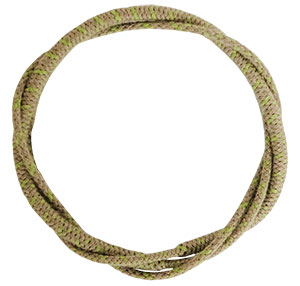 Otis Technology Ripcord
Otis Technology Ripcord
Intended for times when you are in the field, the Ripcord is a convenient tool for cleaning your firearm from the breech to the muzzle in one quick, easy pass. This cord has a molded rubberized core with Nomex fibers designed to excavate fouling in one pull. They are available in the following bore sizes: .223/5.56 mm, .243, .270/6.8 mm, .308/7.62 mm, .38/9 mm, .40, .45 and 12-gauge. Each Ripcord offers 10 inches of aggressive cleaning surface and are heat resistant up to 700 degrees Fahrenheit. The Ripcord’s helix shape engages rifling and the Nomex fibers loosen and capture debris. Ripcords are equipped with 8-32 threaded ends to fit all Otis cleaning components. MSRP: $14.99; otistec.com
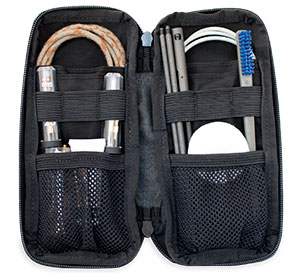 Otis Technology I-Mod
Otis Technology I-Mod
The I-Mod Cleaning kit is configured specifically to clean and maintains all 5.56 NATO firearm systems. Contained in the compact nylon pouch you’ll find a 5.56 mm bronze bore brush, a 5.56 mm chamber brush and rods, a 30-inch Memory-Flex cable for breech-to-muzzle cleaning and a 5.56 mm Rip Cord for a quick, one-pass clean. The kit also contains various jags, patches and a bottle for your favorite cleaner, lubricant or protectant. MSRP: $79.08; otistec.com
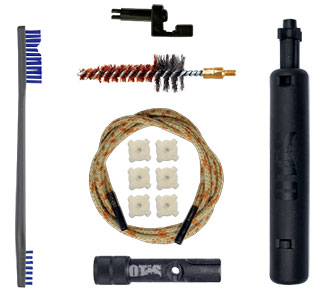 Otis Technology MSR Cleaning Pack
Otis Technology MSR Cleaning Pack
Under the topic of cool tools we find the Otis MSR Cleaning Pack, which contains a variety of gadgets to make it easier for you to clean the bolt-carrier group, chamber area, gas-tube vent and bore. The kit includes a Rip Cord for the barrel, a BONE Tool to clean the bolt-carrier group, a Star Chamber Scraper Tool, an AR Vent Hole Scraper and chamber brush. There is also an all-purpose receiver brush, which is a high-tech term for a stiff toothbrush. MSRP: $69.99; otistec.com












